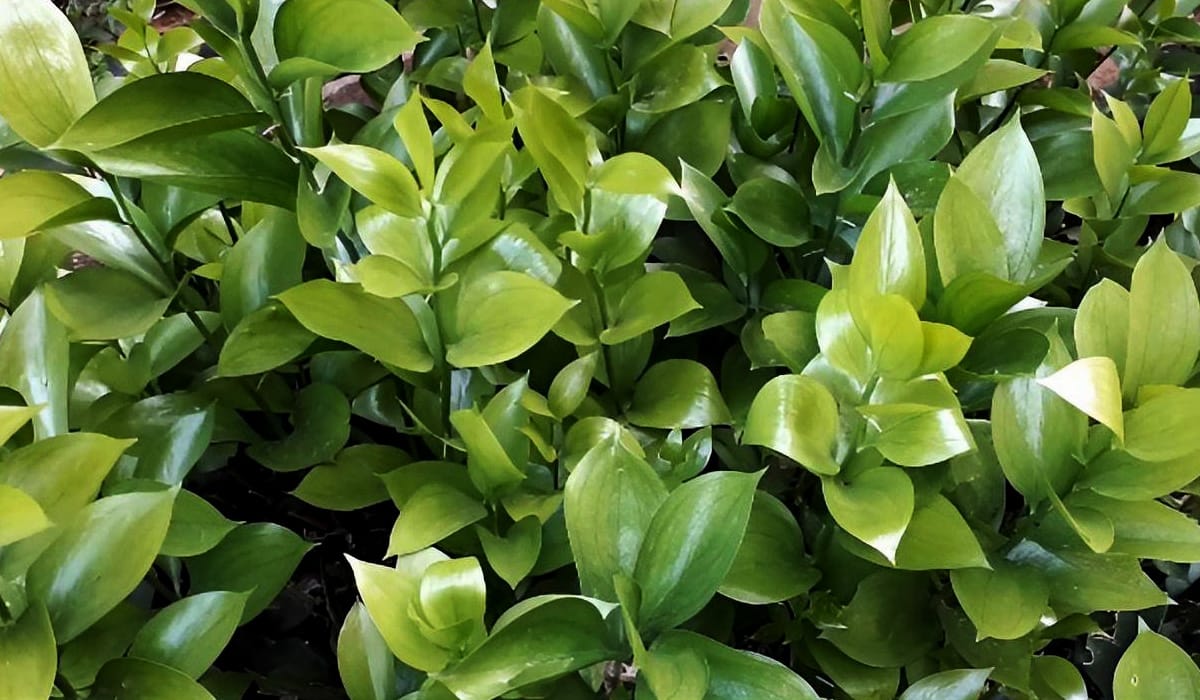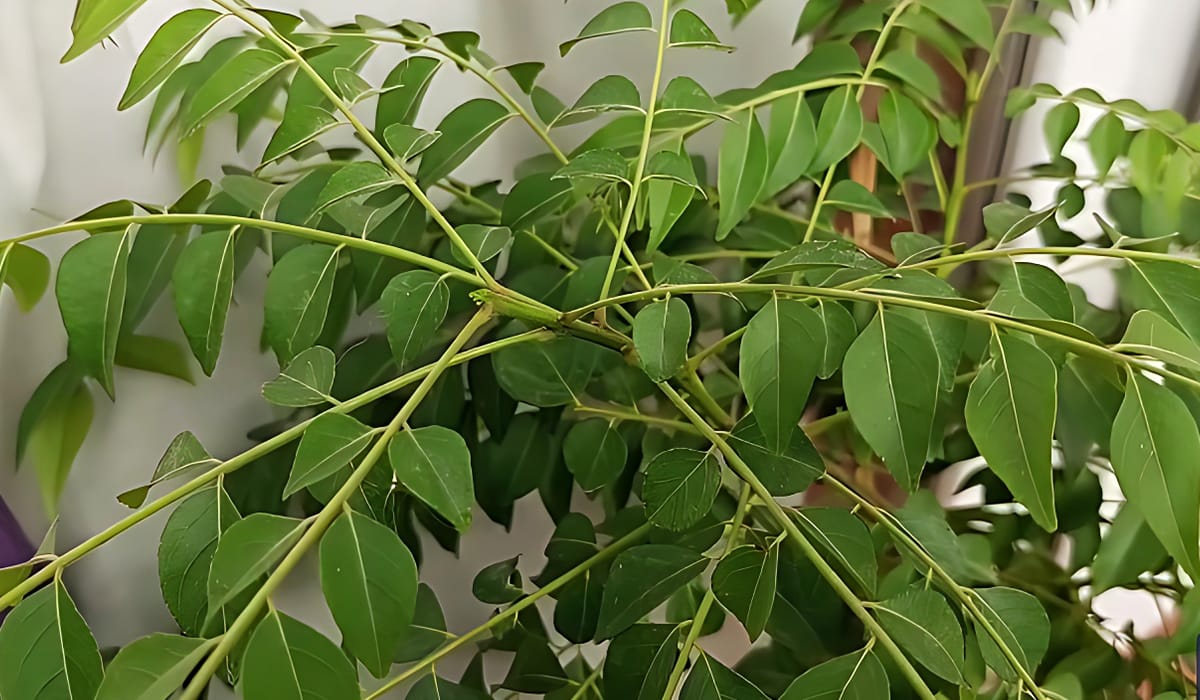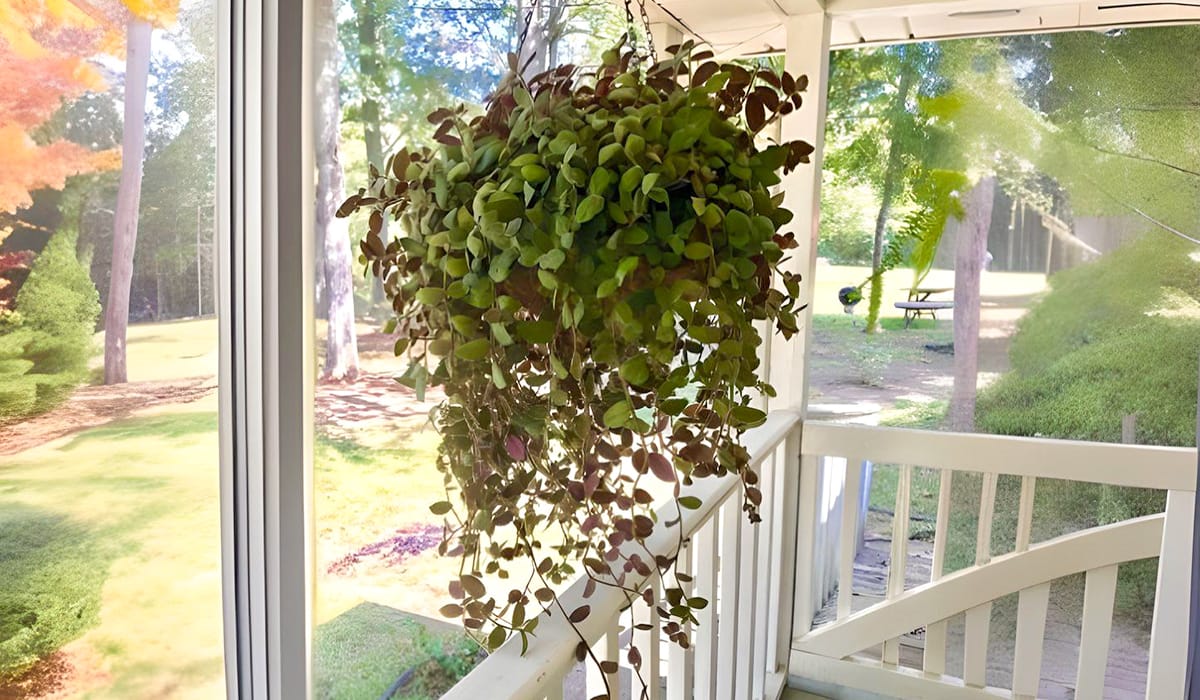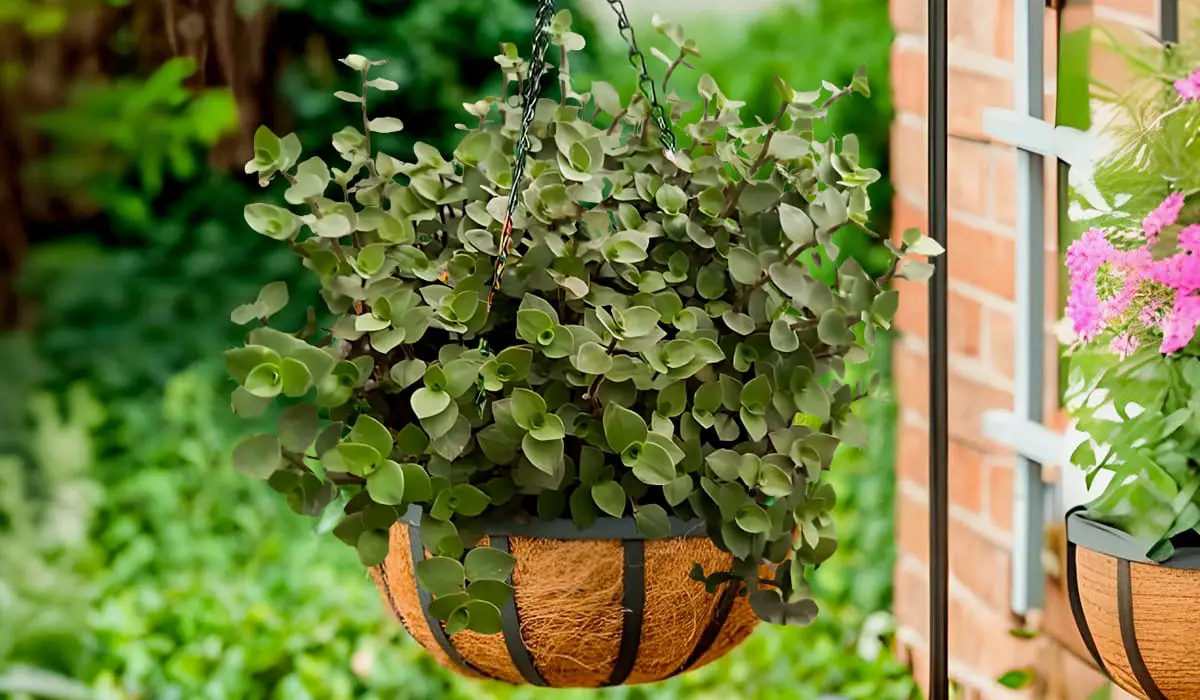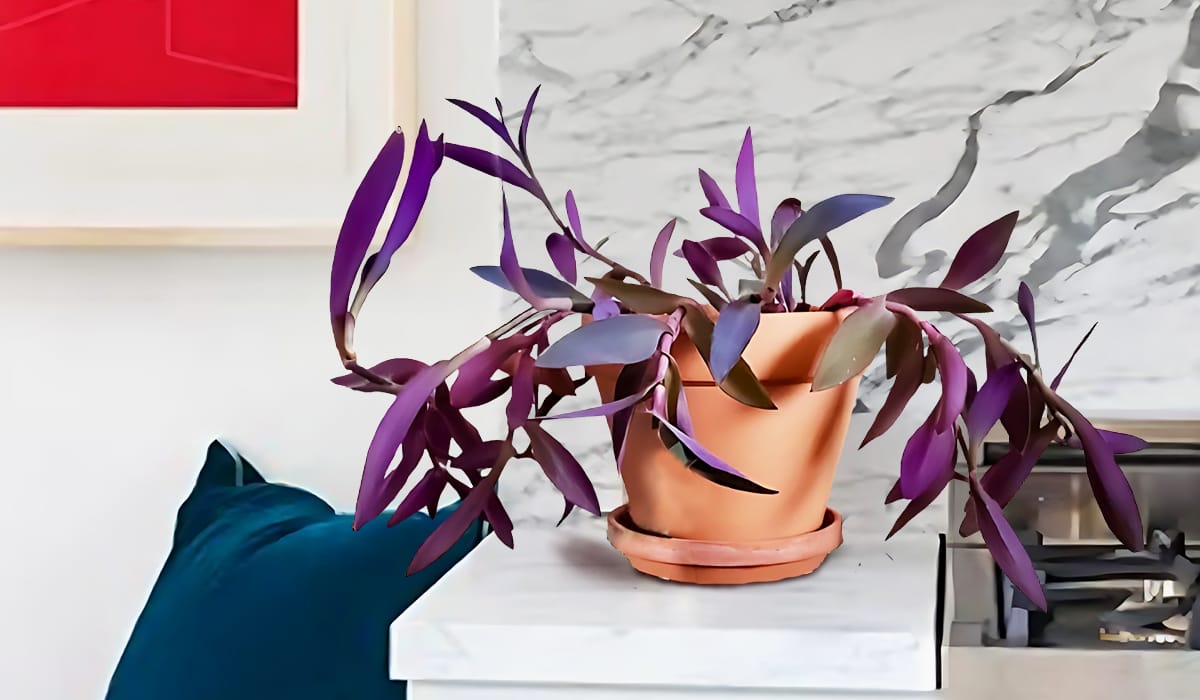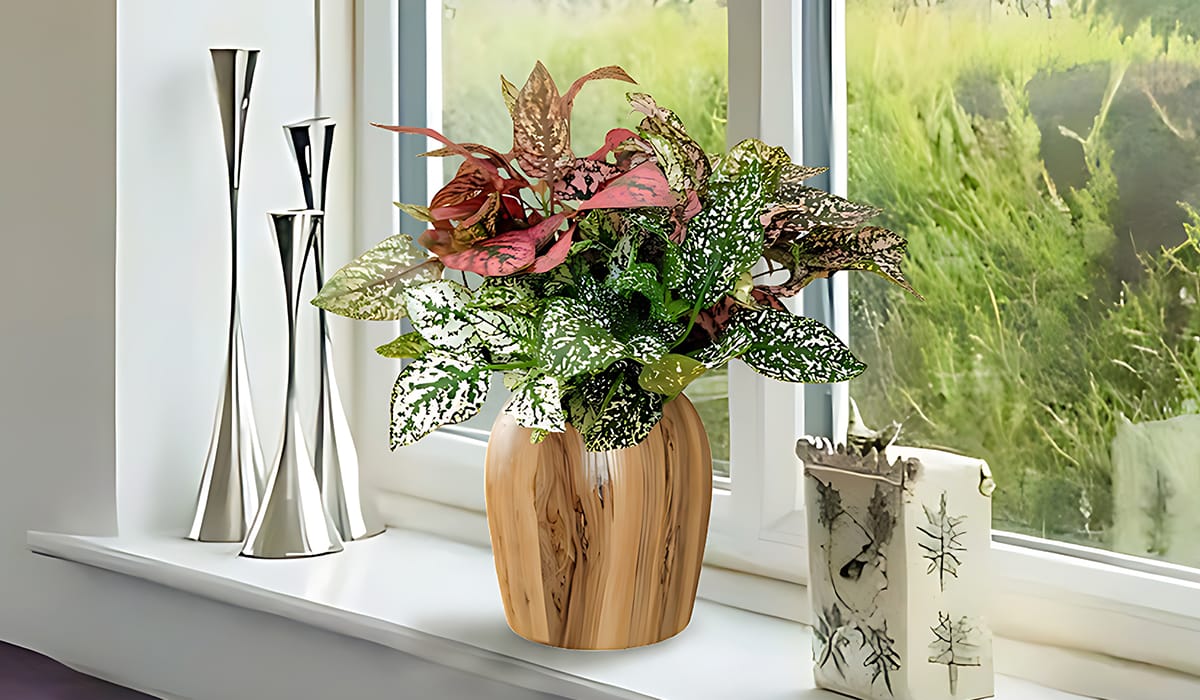Are you looking for good prayer plants, and if so, how should they be propagated, planted, and cared for?
Great, you found one of the best resources on the internet.
We researched several books, blogs, and videos about prayer plants, incorporated our own experiences, and then wrote this article. If you read this whole article carefully. Then, you will have a complete idea of propagating and caring for the prayer plants. So, if you are a plant lover, we hope you enjoy this article.
let's Introduce
The Prayer Plant

Houseplants have become more than just decorative elements in our homes; they are living companions that add a touch of nature to our indoor spaces. Prayer Plant Among the myriad plant varieties available, one stands out for its unique charm and intriguing behavior. In this guide, we'll delve into the fascinating world of Prayer Plants, exploring their care requirements, benefits, and popular varieties that can transform your living space into a green haven.
| Common Name: | Prayer Plant |
| Botanical Name: | Maranta leuconeura |
| Family: | Marantaceae |
| Plant Type: | Perennial evergreen |
| Tolerate: | Low light conditions |
| Height: | 12 to 15 inches (30 to 38 cm) |
| Soil pH: | (6.0-7.0) |
| Soil Type: | Well-draining, peat-based mix |
| Native Area: | Native to the rainforests of Brazil |
| Toxicity: | Non-toxic to cats, dogs, and humans |
| Hardiness Zones: | 11-12 |
How To Propagate Prayer Plant
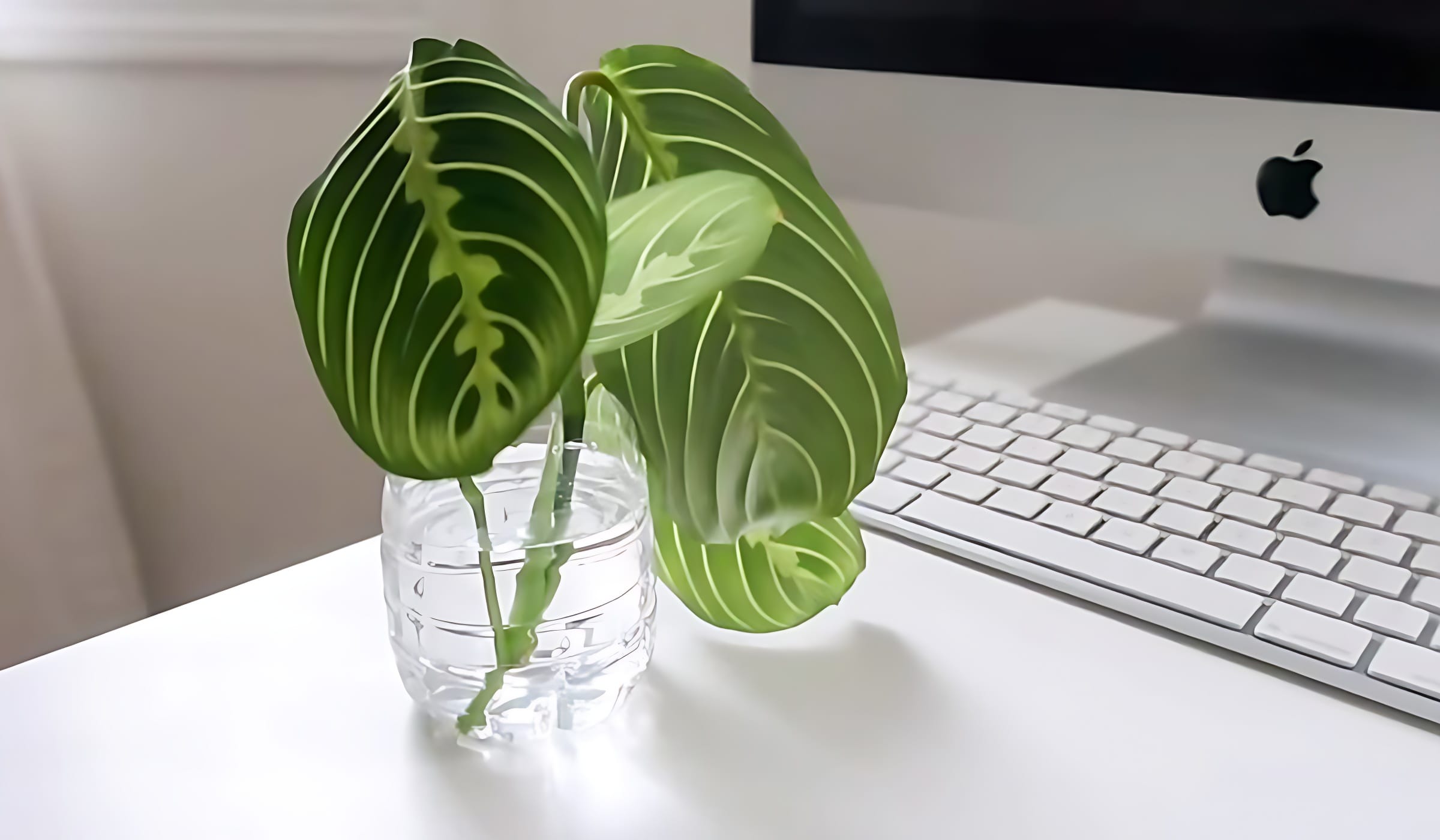
Propagating a Prayer Plant (Maranta leuconeura) is a straightforward process that can be accomplished through division. Here's a step-by-step guide on how to propagate a Prayer Plant quickly:
Materials Needed:
- Healthy, mature Prayer Plant
- Sharp, clean scissors or pruning shears
- Small pots or containers
- Well-draining potting mix
- Water
Steps:
- Choose a Healthy Parent Plant: Select a mature Prayer Plant for propagation. Look for a plant with multiple stems and a well-developed root system. Ensure that the parent plant is healthy and free from diseases.
- Prepare the Workspace: Set up a clean and organized workspace with all the necessary materials. This includes your scissors or pruning shears, small pots, potting mix, and water.
- Water the Parent Plant: Water the parent plant a day or two before you plan to propagate. This ensures that the plant is well-hydrated and less stressed during the propagation process.
- Inspect the Plant: Examine the Prayer Plant for natural divisions or sections with separate stems. Each area you choose for propagation should have its roots attached.
- Sterilize Tools: Before making any cuts, sterilize your scissors or pruning shears. Wipe the blades with rubbing alcohol or a disinfectant to prevent the spread of diseases.
- Cutting and Separating: Using the sterilized scissors, carefully cut a section of the Prayer Plant. Ensure that each unit has a portion of the stem and roots. It's essential to have a few healthy leaves in each section.
- Prepare Pots: Fill small pots or containers with well-draining potting mix. Create a hole in the center of each pot for the cutting.
- Plant the Cutting: Insert the cutting into the prepared hole in the pot, making sure the roots are covered with soil. Gently press the soil around the cutting to provide stability.
- Watering: Water the newly planted cutting thoroughly. Ensure that the soil is evenly moist but not soggy. Watering helps the cutting establish contact with the soil and initiates root development.
- Provide Adequate Light: Place the newly propagated Prayer Plant in a location with indirect, bright light. Avoid direct sunlight, as it can stress the cutting. A well-lit but shaded area is ideal for the initial stages of propagation.
- Care for the New Plants: Continue to care for the newly propagated plants by maintaining consistent moisture in the soil. After a few weeks, you should start to see signs of new growth, indicating successful propagation.
Propagation through division is a reliable method for increasing your Prayer Plant collection, and with proper care, your new plants will flourish and add beauty to your indoor garden.
Prayer Plant Care
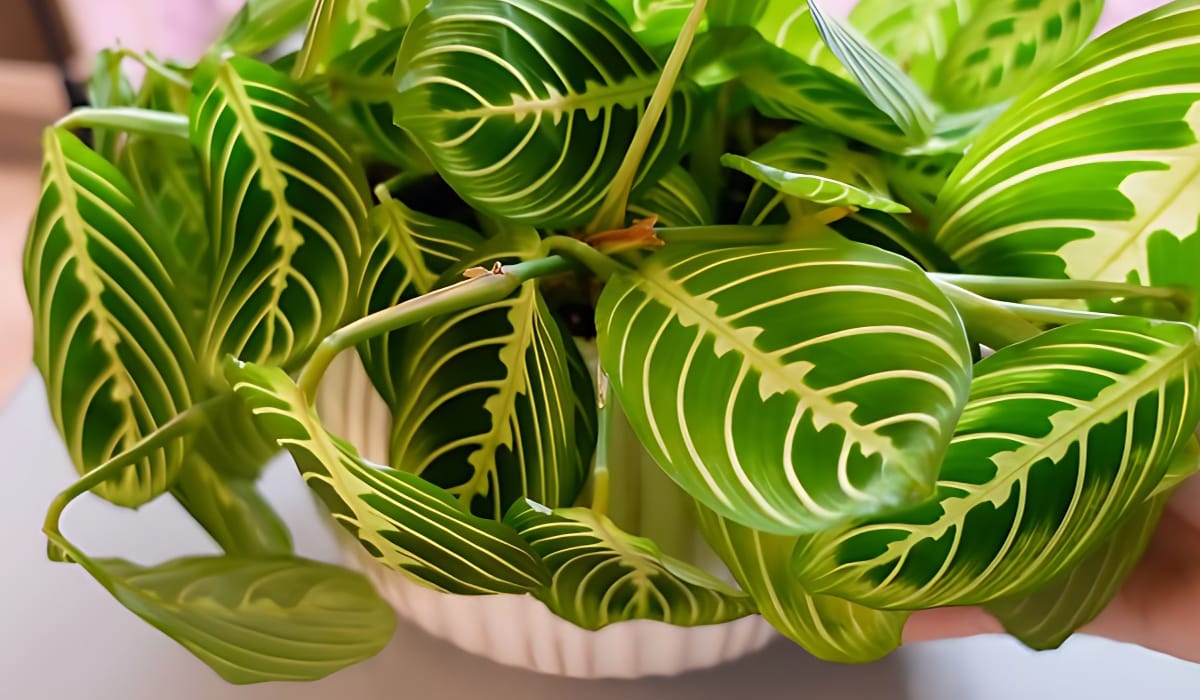
Caring for Prayer Plants (Maranta leuconeura) can be straightforward, with suitable attention to their specific needs. Here's a detailed guide on how to care for Prayer Plants:
- Light Requirements: Prayer Plants thrive in bright, indirect light. Avoid exposing them to direct sunlight, which can scorch their leaves. Place them near north or east-facing windows for ideal lighting conditions.
- Watering: Keep the soil consistently moist but not waterlogged. Water when the top inch of the soil feels dry to the touch. Use water at room temperature to avoid shocking the plant. In winter, reduce watering frequency slightly as the plant's growth slows down.
- Humidity: Mimic the humid conditions of their native rainforest habitat by providing extra humidity. Regularly mist the leaves or place a humidifier nearby. This is particularly important in dry indoor environments.
- Soil and Potting: Use a well-draining potting mix rich in organic matter. A mix designed for tropical plants or orchids is suitable. Repot the plant every 1-2 years or when you notice the plant outgrowing its current container.
- Temperature: Prayer Plants prefer temperatures between 65-75°F (18-24°C). Protect them from drafts and sudden temperature fluctuations, as they are sensitive to extreme temperature changes.
- Fertilization: Feed your Prayer Plant with a balanced liquid fertilizer during the growing season (spring and summer) every 4-6 weeks. Reduce or eliminate fertilization in the fall and winter when the plant is not actively growing.
- Pruning: Trim yellow or damaged leaves using clean scissors or pruning shears. Regular pruning encourages a bushier, healthier plant.
- Daily Movement: One of the unique characteristics of Prayer Plants is their leaves folding upward in the evening, resembling hands in prayer. This is a natural behavior influenced by the plant's circadian rhythm. Don't be alarmed; it's a sign of a healthy, well-adjusted plant.
- Pest Control: Keep an eye out for pests like spider mites and scale. If detected, treat promptly with insecticidal soap or neem oil. Isolate the plant if pests are present to prevent spreading.
- Support Structure: As Prayer Plants grow, they may benefit from a support structure to prevent the stems from sprawling. Gentle staking can help maintain an upright appearance.
- Reproduction: If you want to expand your collection, propagate your Prayer Plant through division. This involves separating healthy sections with roots and replanting them in new pots.
By following these care guidelines, you can ensure that your Prayer Plant thrives, displaying its vibrant foliage and unique characteristics and bringing a touch of the tropics to your indoor space.
prayer plant varieties

| Maranta leuconeura 'Fascinator' |
| 'Fascinator' is recognized for its vivid red veins against the lush green foliage. The vibrant colors make it a captivating addition to any collection. |
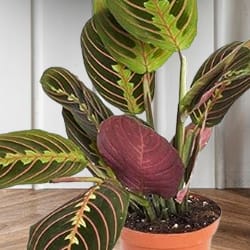
| Red Prayer Plant |
| As the name suggests, this variety boasts deep red veins on its leaves, adding a touch of drama and bold colour to your indoor garden. |
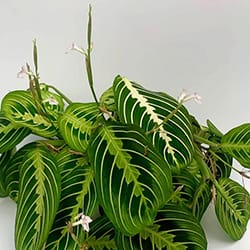
| Maranta leuconeura 'Erythroneura' |
| 'Erythroneura' features red veins, similar to the 'Red Prayer Plant,' but with a more intricate pattern of red veins on the green leaves. |

| Maranta leuconeura 'Kim' |
| 'Kim' is known for its compact growth habit and striking dark green leaves with contrasting veins. It's a popular choice for smaller spaces. |
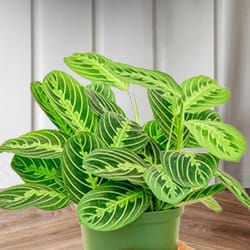
| Maranta leuconeura 'Lemon Lime' |
| 'Lemon Lime' is recognized for its vibrant green and yellow foliage. The bright colours make it an eye-catching variety and thrives in the same conditions as other Prayer Plants. |
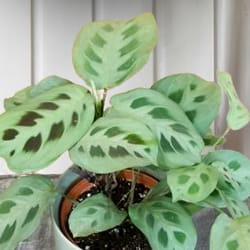
| Maranta leuconeura 'Green' |
| This variety has a classic appearance with green leaves and lighter green veins. It's a versatile option that fits well in various interior styles. |
Prayer Plant Benefits

Prayer Plants (Maranta leuconeura) offer more than just aesthetic appeal; they come with various benefits, contributing to your indoor environment and well-being. Here are some notable benefits of having Prayer Plants in your home:
- Air Purification: Like many houseplants, Prayer Plants contribute to indoor air quality by removing toxins and pollutants. Through photosynthesis, they absorb carbon dioxide and release oxygen, creating a healthier atmosphere.
- Humidity Regulation: Prayer Plants are native to the humid rainforests of Brazil, and they thrive in high humidity. Having Prayer Plants in your home can help regulate indoor humidity levels, creating a more comfortable environment, especially in dry climates or during the winter months.
- Stress Reduction: Caring for and tending to plants, known as horticulture therapy, has been linked to stress reduction. The rhythmic folding and unfolding of the Prayer Plant's leaves can also be a calming and meditative experience.
- Improved Focus and Productivity: Indoor plants, including Prayer Plants, have been shown to enhance concentration and productivity. Greenery in your living or working space can positively impact your ability to focus and complete tasks.
- Biophilic Connection: Biophilia is the innate human tendency to connect with nature. Having plants indoors, such as Prayer Plants, satisfies this biophilic need, fostering a connection with the natural world even in urban environments.
- Aesthetically Pleasing: The striking foliage of Prayer Plants adds beauty and visual interest to your home. With their vibrant patterns and unique leaf movements, these plants can serve as attractive decor pieces, enhancing the overall aesthetic of your living space.
- Educational Opportunities: Growing and caring for Prayer Plants can be a fun and educational experience, especially for children. Observing the daily movements of the leaves or learning about the plant's native habitat provides valuable insights into the natural world.
- Indoor Greenery: Prayer Plants contribute to the overall greenery of your indoor environment, creating a sense of tranquility and connection with nature. Green spaces have been associated with improved mental health and well-being.
- Adaptability to Indoor Conditions: Prayer Plants are well-suited for indoor cultivation, making them convenient for homes and offices. Their adaptability to typical indoor conditions, including lower light levels, makes them accessible to many plant enthusiasts.
- Propagation Opportunities: If you enjoy plant propagation, Prayer Plants allow you to multiply your collection quickly through division. This expands your greenery and provides a sense of accomplishment as you witness new plants thriving.
In summary, the Prayer Plant goes beyond being a decorative houseplant; it contributes to a healthier indoor environment, promotes well-being, and offers various other benefits that make it a valuable addition to your home.
Common Prayer Plants Problems And Solutions
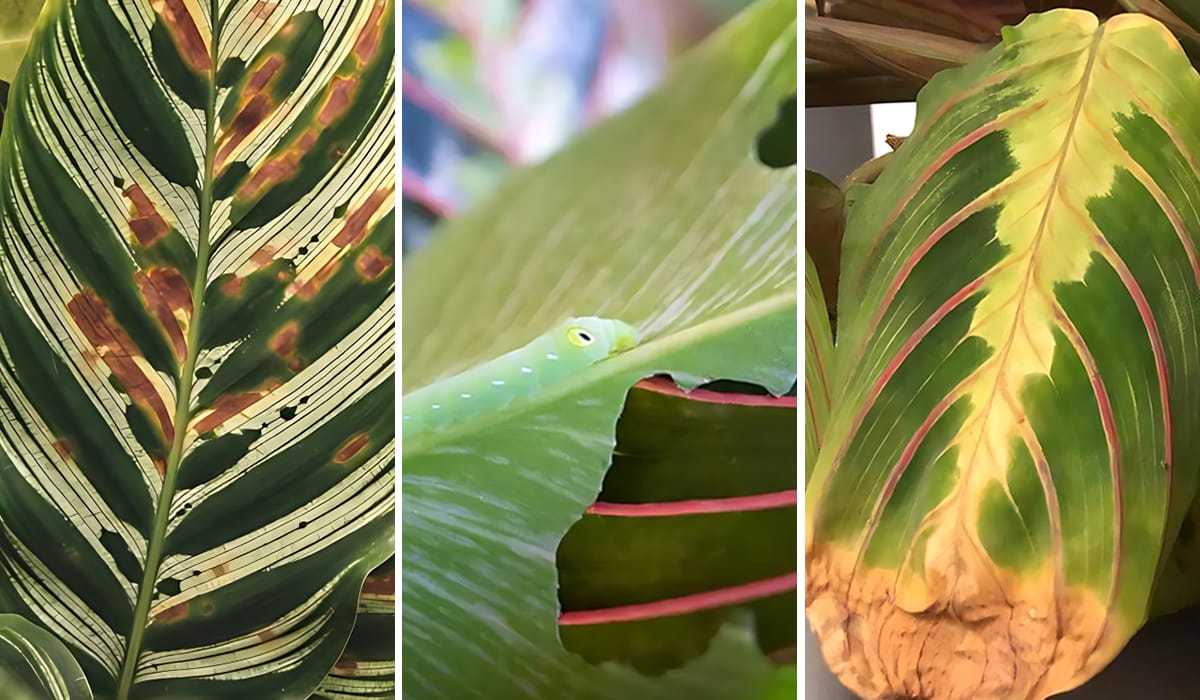
The Prayer Plant, scientifically known as Maranta leuconeura, is a popular houseplant appreciated for its attractive foliage and unique leaf movement. Like any plant, it can face specific problems affecting its health and appearance. Here are some common issues with Prayer Plants and their potential solutions:
Brown Leaf Tips:
- Problem: This is often caused by low humidity or water with high mineral content.
- Solution: Increase humidity around the plant by misting it regularly or placing a tray of water nearby. Use distilled or filtered water to avoid mineral buildup.
Yellowing Leaves:
- Problem: Overwatering is a common cause of yellowing leaves in Prayer Plants.
- Solution: Allow the top inch of soil to dry out before watering again. Adjust your watering frequency and ensure proper drainage to prevent waterlogged soil.
Drooping Leaves:
- Problem: This can be a sign of underwatering, especially if the soil is consistently dry.
- Solution: Water the plant thoroughly and ensure the soil is evenly moist, not soggy. Adjust your watering schedule as needed.
Curling Leaves:
- Problem: Curling leaves may indicate either underwatering or over-fertilization.
- Solution: Check the soil moisture and adjust your watering routine. If you've been fertilizing frequently, reduce the frequency and dilute the fertilizer.
Fungal Issues:
- Problem: Prayer Plants are susceptible to fungal diseases, especially if the humidity is too high.
- Solution: Improve air circulation around the plant, avoid overcrowding, and ensure the soil is well-draining. If fungal issues persist, consider using a fungicide.
Posts:
- Problem: Pests like spider mites and aphids may infest Prayer Plants.
- Solution: Regularly inspect the plant for pests, especially on the undersides of leaves. Use insecticidal soap or neem oil to treat infestations, and isolate the plant if necessary.
Incorrect Light Conditions:
- Problem: Too much direct sunlight can scorch the leaves, while low light can lead to leggy growth.
- Solution: Provide bright, indirect light for your Prayer Plant. Shield it from direct sunlight, especially during the hot afternoon hours.
Root Rot:
- Problem: Overwatering and poorly draining soil can lead to root rot.
- Solution: Ensure proper drainage using a well-draining potting mix and a pot with drainage holes. Allow the soil to dry out slightly between waterings.
Regularly monitoring your Prayer Plant for signs of stress and adjusting care accordingly can help prevent and address many common problems. Additionally, maintaining a consistent care routine and providing a suitable environment will contribute to your plant's overall health and vitality.
Consider expanding your indoor plant collection with other easy-to-care-for plants like
- Pink Chinese Evergreen
- Fiddle Leaf Fig Tree
- Monstera Albo
- Snow Queen Pothos
- Cousin It plant
- Snow White Waffle Plant
Each of these plants offers its unique charm and benefits.
Thanks for reading this article. if you have any questions must comment and contact our team. don't forget to share this article with your friends.

